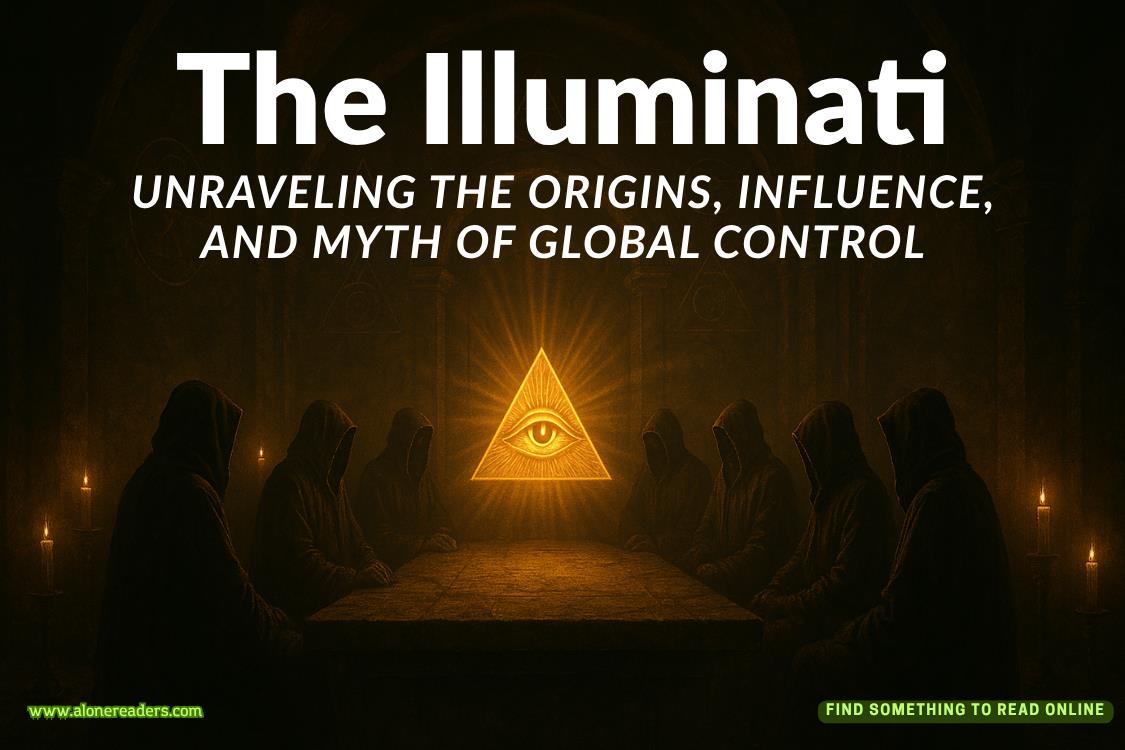Page 7 of Middle of the Night
A close examination of the gash indicated it was made outside the tent. Because it was a clean cut, police assumed a new or recently sharpened knife was used. The narrow width of the slash made them conclude it was a kitchen knife and not a hunting knife, which has a thicker blade.
This intel was enough to prompt a search of every house on the cul-de-sac from top to bottom. I remember sitting in the kitchen with my parents and an FBI agent, listening to the clomp of footsteps overhead as investigators upstairs went from room to room. At the time, I didn’t know what, exactly, they were looking for. All I knew was that my parents were scared, which made me scared as well.
The search yielded multiple knives from every home on Hemlock Circle. After they were tested, not a single one could conclusively be pinpointed as the same knife used to slash my tent.
With the searches came interviews. Everyone in the neighborhood had to endure more than one round of questioning. Local cops led to state police detectives, which became FBI agents.
No one reported hearing or seeing anything suspicious, largely because the backyards of Hemlock Circle are big blind spots. I’ve always thought of the cul-de-sac as like a circular Trivial Pursuit game piece, with each tract of land one of those colored wedges you insert when you give a correct answer. Every house, meanwhile, sits at a slight angle from the neighboring homes. All of that, coupled with privacy hedges bordering every yard, means no one in Hemlock Circle can easily see into a backyard that’s not their own. The only people who could havewitnessed something useful the night Billy vanished were me and my parents. But their bedroom sat at the front of the house, offering a view of the cul-de-sac and not the yard behind it.
As for me, well, the website I’m looking at sums it up like this: “The other boy in the tent claimed to have seen and heard nothing.”
One word in that sentence gnaws at me.
Claimed.
As if I possibly could have lied to the police about that.
As if I don’t care what happened to Billy, when in truth I would do anything to learn what fate befell him.
Yet there’s nothing left to be done. Despite all the searches and interviews, the only trace of Billy’s whereabouts came after a K-9 unit followed his scent for a mile through the vast forest that surrounds the cul-de-sac. The trail ended at an infrequently used access road that bisects the woods, connecting two bigger, busier roads, making police think Billy had been led from the tent to a waiting car.
What happened after that—or who did it—well, no one knows. There were no signs of a struggle, either inside the tent or out of it. No one reported hearing screams or cries for help. No blood was found in our yard. No fresh footprints, either, mostly because the grass had been mowed the afternoon of July 14 and was therefore too short for someone’s shoes to make much of an indentation. Trace evidence belonging to more than a dozen peoplewasfound in the yard, thanks to the Fourth of July party my parents had thrown earlier that month.
It could have been any of us.
It could have been none of us.
Over the years, there’ve been plenty of suspects, none of which hold much water because all of them are improbable at best, impossible at worst.
Take, for instance, Unlikely Suspect No. 1: Fred Marsh.
My father.
He was the first person the police considered because, why not?The crime took place on his property, after all, under his watch. What became very clear very early on is that he never, ever would have done such a thing. He’s a decent man. Agoodman. Devoted husband, professor of sociology at Princeton, a man so careful about abiding by the law that he’s never even had a speeding ticket. Plus, my mother—no slouch herself in the decency department—had sworn that he was asleep beside her the entire night. And why would a homemaker and longstanding member of the PTA lie about such a thing?
Suspicion fell away from my father almost instantly, moving on to Unlikely Suspect No. 2: Billy’s father, Blake Barringer.
Because the slash was made on the side of the tent that faced the Barringer house, authorities assumed Billy’s kidnapper came from that direction. This led to police wondering if Mr. Barringer was to blame. Just like with my father, that went nowhere.
Blake Barringer, a pharmaceutical sales rep, was away on business in Boston that night. Dozens of witnesses saw him at the hotel bar, nursing a Sam Adams until close to eleven p.m., and checking out the next morning after his wife called to tell him Billy was missing. It was impossible for him to drive home, kidnap his son, and then drive back to Boston.
Also, he had no known reason to hurt his son, and appeared just as distraught by Billy’s disappearance as the rest of the family. Besides, most abductions by parents are the result of custody disputes, and the Barringers remained married until Blake’s death in 2004.
Unlikely Suspects No. 3 through 16 were everyone else on Hemlock Circle. Not counting me and Billy, a total of fifteen other people were present on the cul-de-sac that night. All of us were investigated in one way or another. None of us had any reason to hurt Billy—or any idea of who did.
That void was filled by the dozens of people who, over the years, have said they know what happened. Sickos, attention-seekers, and, in some cases, literal psychopaths have said they kidnapped Billy. Ormurdered Billy. Or saw Billy bagging groceries in their local ShopRite. To date, seven men have come forward claiming to be him. Every pronouncement and confession was investigated. None were true, leaving those of us who knew and loved Billy with nothing but dashed hopes and unanswered questions.
By now, most everyone agrees the likeliest suspect is an outsider. Someone who swept into Hemlock Circle, took Billy, and left just as quickly and quietly. The website open on my laptop is a big proponent of that theory. It details how someone—no one quite knows who—claimed to have seen a strange man in camouflage roaming the cul-de-sac closest to Hemlock Circle the day before Billy vanished. But authorities have never been able to tie Billy’s abduction to similar crimes. It didn’t match the patterns of any known serial killer twenty years before 1994 or in the thirty years since. In FBI interviews of people incarcerated for abducting and killing young boys, none admitted to having anything to do with it.
Thirty years later, that’s where things stand. No culprit. No answers. Nothing but the sad, brutal fact that Billy is still gone.
I close the laptop and go back upstairs. In the bedroom, I reach for the pen and notebook again. The sole remedy for my insomnia that actually seems to do some good. Two therapists ago, I was told that if something’s on my mind, churning through my thoughts into the wee hours of the morning, the best thing to do is write it down. In doing so, I allow my brain to put off thinking about it until later, like a mental snooze button. It doesn’t always work, but it’s better than nothing.
I open the page I wrote on earlier.
Had The Dream again.
Beneath it, I add,Billy is NOT out there.















